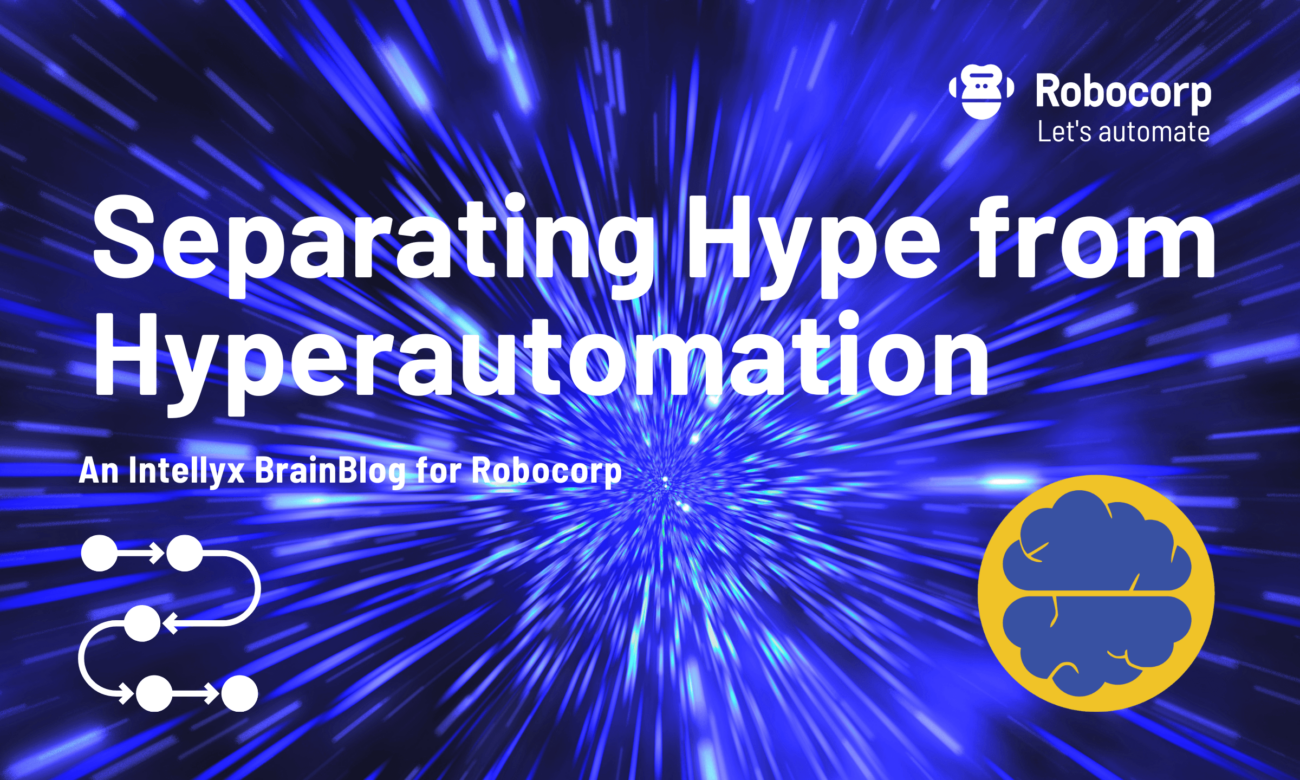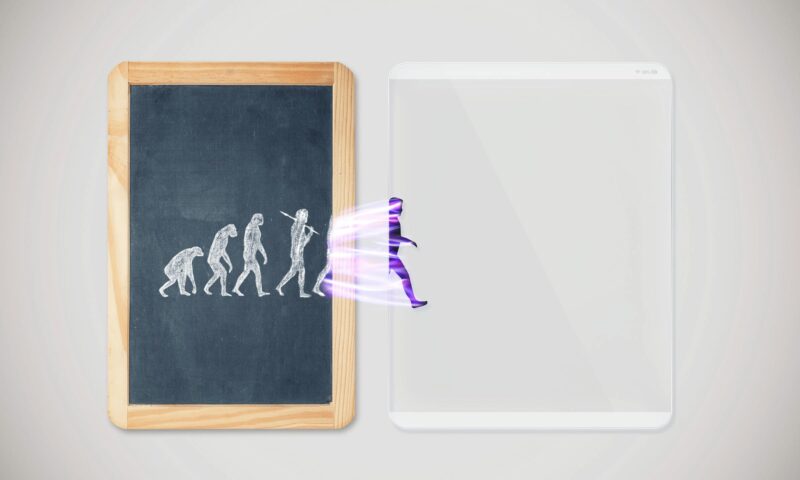Separating Hype from Hyperautomation

In the fall of 2019, IT industry analysis firm Gartner announced its top 10 strategic technology trends for 2020. At the top of the list: hyperautomation. Now that it’s almost 2023, has hyperautomation lived up to its hype?
Gartner defines hyperautomation as “an effective combination of complementary sets of tools that can integrate functional and process silos to automate and augment business processes.” Among the tools in this combination: robotic process automation (RPA), process discovery, process mining, intelligent business process management systems (iBPMS), low-code platforms, and business rules engines, among others.
Such a motley list of older and newer product categories generally leaves both enterprise process leaders and software vendors scratching their heads. Is Gartner recommending that companies purchase several process tools to get them to work together? Why is RPA just one item on the list when RPA has taken the enterprise automation market by storm?
Does Gartner consider such a shopping list of tools strategic? The question remains whether hyperautomation is a useful term for describing the next generation of automation technologies – or whether it’s little more than analyst hype.
One question is whether hyperautomation is something qualitatively new or is it simply the natural evolution of automation. If so, do we really need a new term for it?
Hyperautomation Precursors
At the core of hyperautomation, of course, is automation – and automation has been available for centuries. Within the realm of IT, automation dates back at least to the 1960s with applications like enterprise resource planning (ERP), which automated basic accounting processes.
In the 1980s and 1990s, business process management (BPM) software arose, with the goal of providing a platform that enterprises could integrate with various applications, orchestrating interactions with them to support processes that followed flowcharts process analysts laboriously described via complex modeling tools.
While BPM gained some traction, it was only a modest success. The technology’s complexity proved largely unworkable, and in any case, it wasn’t compatible with cloud computing.
Today we have multiple contenders looking to replace the BPM software of old – not coincidentally, the very same technologies that Gartner includes as part of the definition of hyperautomation, as well as digital process automation (DPA) and some others.
Given this historical context, hyperautomation might simply be the next generation of BPM – renamed to give vendors an excuse to sell more gear.
How RPA Drove the Concept of Hyperautomation
One important automation precursor is the macro. As early as the 1980s, you could use these little programs to script basic interactions with a screen interface: clicking buttons, filling in forms, etc.
Reinvent macros for the enterprise marketplace, dust them off, and give them a new name, and voila! RPA was born.
Despite its humble beginnings, RPA quickly exploded onto the marketplace. As a result, RPA brought new life to an increasingly moribund process automation market – in many cases, facilitating reinvigorated process automation initiatives that had stalled during the BPM era.
On the one hand, RPA caught the leading analyst firms by surprise, while on the other, RPA by itself had serious drawbacks as a replacement for BPM. Both these forces helped to drive the formation of the concept of hyperautomation.
Today’s current thinking is that RPA isn’t significant enough to account for the full scope of enterprise automation. For RPA to outgrow its limitations, expanding its definition to cover all enterprise automation would certainly improve its prospects.
The Transition to Gen2 RPA
This expansion is underway as the industry transitions from one generation of RPA to the next.
The first generation, or ‘Gen1’ RPA, primarily automates interactions with user interfaces for applications that don’t support other forms of automation. Gen1 rose to prominence quickly because it provided an immediate ROI. Deploying bots to eliminate repetitive tasks from each user’s day delivered quick returns.
However, Gen1 solutions are generally brittle, thus requiring ongoing maintenance. They also add to an organization’s technical debt, as they don’t resolve any underlying issues with legacy applications.
These limitations of Gen1 RPA, in fact, are largely what gave rise to the concept of hyperautomation. Early RPA was insufficient to provide the full gamut of enterprise automation capabilities, so it soon became clear that enterprise automation required more than Gen1 RPA.

Instead of assembling a mishmash of existing technologies, however, the industry is moving forward with the next generation of RPA. Second-generation or ‘Gen2’ RPA solutions extend the value of the technology beyond episodic task automation with ongoing processes of increasing bot productivity, scalability, and resiliency.
Open-source vendor Robocorp has pioneered this Gen2 approach to building bots in Python, a popular language for creating automations – giving developers complete control over bots, including the ability to manage and version them.
Perhaps most importantly, Gen2 RPA shifts the focus of automation away from user interface interactions. Instead, bot creators can automate any interaction with any piece of software in the hybrid IT landscape.
Gen2 extends intelligent automation for complex business processes throughout the enterprise with lower capital outlay and operational cost than Gen1 RPA solutions.
The Intellyx Take
The question, therefore, is whether hyperautomation is just another name for a rapidly maturing RPA market category.
Perhaps.
Another possibility: each of the various components of Gartner’s hyperautomation are themselves moving to next-generation versions as enterprises shift to cloud-native infrastructure supporting modern applications.
It’s easy to envision a future state (perhaps only a year or two away) where the various components of hyperautomation have coordinated within a cloud-native framework that leverages Gen2 RPA to deliver comprehensive automation solutions.
Will we need to call this next-generation enterprise automation ‘hyperautomation’? I’m dubious. Why don’t we simply call it ‘automation’?
Copyright © Intellyx LLC. Robocorp is an Intellyx customer. None of the other organizations mentioned in this article is an Intellyx customer. Intellyx retains final editorial control of this article.
